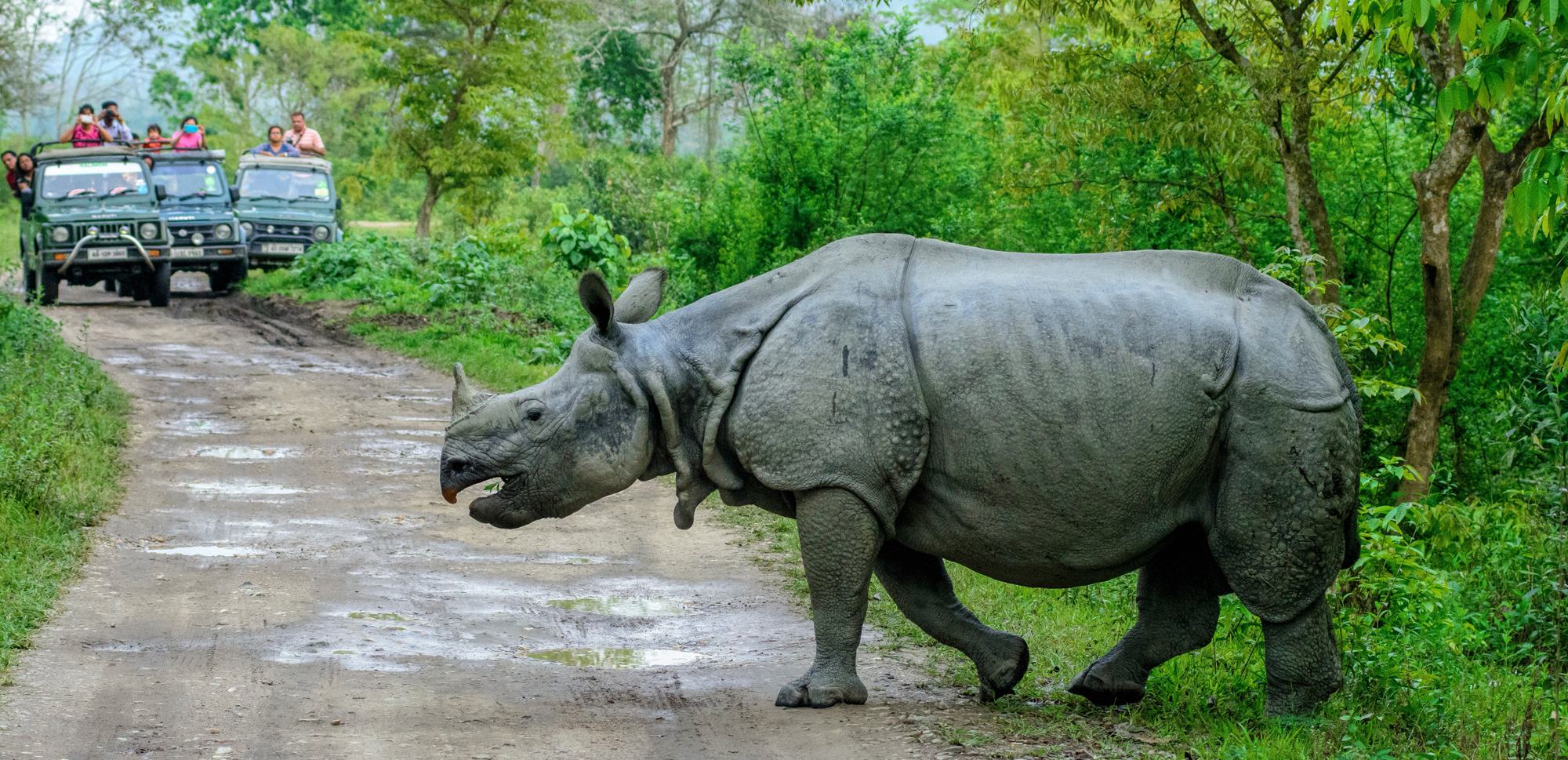The National Rhino Conservation Strategy for India, which was launched on Tuesday, has called for active engagement between India and Nepal to conserve the greater one-horned rhinoceros.
Union minister for environment, forests and climate change, Harsh Vardhan, launched the plan and reaffirmed their commitment towards rhino conservation. He said the strategy would pave the path for long-term conservation of rhinos.
The two-day 2nd Asian Rhino Range States meeting in New Delhi, which began on Tuesday, is being organised by the Union ministry of environment, forests and climate change, and International Union for Conservation of Nature/Species Survival Commission; Asian Rhino Specialist Group along with WWF-India, International Rhino Foundation and Aaranyak, an NGO.
The plan said the single population of rhinos in Sukla-Phanta (Nepal), Valmiki tiger reserve (India) and Chitwan National Park (Nepal) and Dudhwa (India) is separated by the political boundary between the two countries. “Instead of managing the two populations differently in the two countries, it needs to be managed with the same protocol. The strengths of field ecology expertise of Nepal and protection infrastructure techniques of India need to be shared for landscape-level synergy in conservation endeavours,” it said. The current global population of one-horned rhinoceros is 3,584, of which India has 2,938 and Nepal 646.
The minister also wished the range countries of the critically-endangered Javan and Sumatra rhinos all success in their endeavour to conserve the species. The population of rhinos found in India and Nepal is showing a steady rise despite poaching and other threats.
The plan calls for expanding distribution range as occurrence of 90 per cent of the rhino in one protected area is a cause of concern and conservation of existing and potential rhino habitats needs to be made a national priority.
It also calls for strengthening protection, having dedicated research and monitoring and strict enforcement.
Bibhab Kumar Talukdar, the chair of Asian Rhino Specialist Group of IUCN/SSC, spoke to the audience about the rationale of organising the 2nd Asian Rhino Range States meeting in Delhi and said the 1st Asian Rhino Range States meeting was held at Bandar Lampung, Indonesia in October, 2013.










